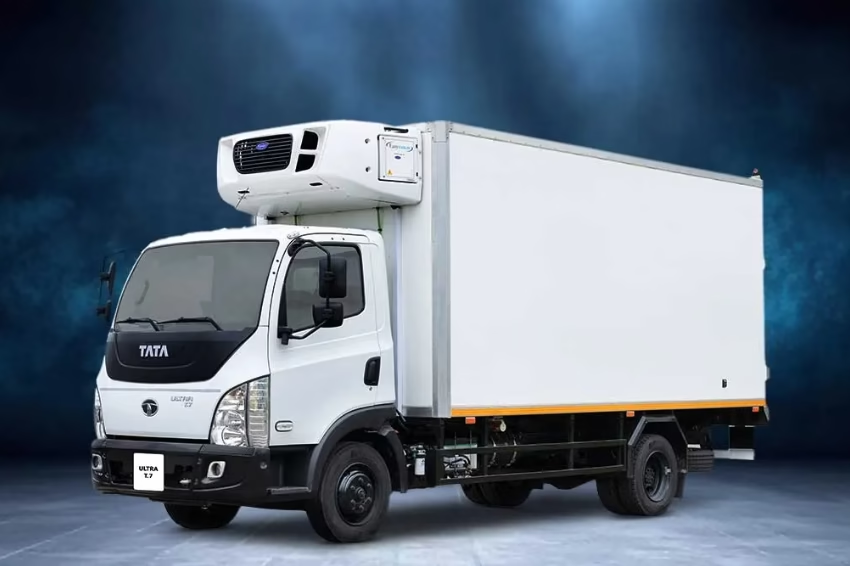We know that solar panel systems generate electricity using solar energy. But not many of us know the actual science behind the entire process. So, in this post, we give you an insight into the working of solar panel systems. We will also be discussing the different types of solar panel systems and how each one works. But first, let’s take a look at the working of a solar panel system in general. Let’s get started.
How Solar Panel Systems Work?
The working of solar panel systems can be divided into four easy-to-understand steps. They are as follows.
The solar panels generate DC energy using solar energy.
The solar panel is made of small photovoltaic cells that convert the sun’s rays into electricity. When the sun’s rays hit the solar panels the energy is absorbed by these cells, knocking loose the electrons that drift freely in the cell. However, the electric field created by the positively and negatively charged semiconductors (inside the cell) forces the electrons to move in a specific direction (towards the conductive metal plates). When the electrons hit this metal plate the current gets transferred into the wires that direct it to the inverter.
DC electricity gets transferred to the solar inverter for conversion to AC electricity
The current that the inverter receives is in the DC form. However, as you would know, most appliances run on AC electricity. The inverter converts the DC energy to AC energy with the help of electromagnetic switches that quickly flick on and off to reverse the current direction. This is known as square wave output and is not the best form of output for sensitive electrical appliances. So, the high-quality inverters use transformers to generate a sine-wave output that’s best for our high-end home appliances.
The AC electricity is used to power the home appliances
Once the inverter has converted the DC energy into AC energy it transports that energy to the breaker box. The AC electricity then gets distributed to the electrical appliances from the breaker box.
Excess energy gets transferred to the Solar Battery/Grid
There are times, during a day, when the solar panels generate much more energy than what’s required to power the entire household. This excess energy either gets stored in the solar battery (in case of off-grid solar panel systems) or gets transferred to the local grid through a net-metering system (in the grid-tied solar power systems). We will be discussing the types of solar systems and then working in the next section.
The Working of Different Types of Solar Panel Systems
Solar panel systems can be categorized into three major types.
- Grid-Tied or On-Grid Solar Systems
- Off-Grid Solar Systems
- Hybrid Solar Systems
Grid-Tied Solar Power Systems
Grid-tied solar panel systems, as the name suggests, are connected to the local grid. That’s because in case there’s a shortage of power supply from the solar panels the grid-tied solar panel systems, the local grid can fulfill the requirement. The best part about these solar panel systems is that in case your solar panel systems are producing excess energy, you can send it to the grid and get the transferred units offset against your monthly energy bills.
Off-grid Solar Power Systems
Areas that have no connectivity to the local grid, usually have this kind of system. The off-grid solar power system relies on solar batteries for fulfilling the power requirement when the solar panels aren’t producing enough energy. Solar batteries are expensive, and they need to be replaced periodically as they have a limited lifespan. It is, therefore, advisable that one should go with an off-grid solar panel system only when there’s no local grid nearby.
Hybrid Solar Power Systems
The hybrid solar panel system is a combination of grid-tied and off-grid solar panel systems. They are not just connected to the local grid but they also have batteries attached to them. When there’s a power deficit the hybrid first draws its power from the battery and only when the battery is exhausted the system draws power from the grid. Similarly, when the solar panels generate excess energy, the excess power is first used to charge the batteries, and only when the batteries are fully charged, the excess power is transferred to the grid.
Wrap Up
If you are looking for a reliable solar panel company with an excellent track record, go for Luminous India. They are one of the best solar panel brands in the industry and have the reputation of being one of the pioneers in the solar products space in India.






